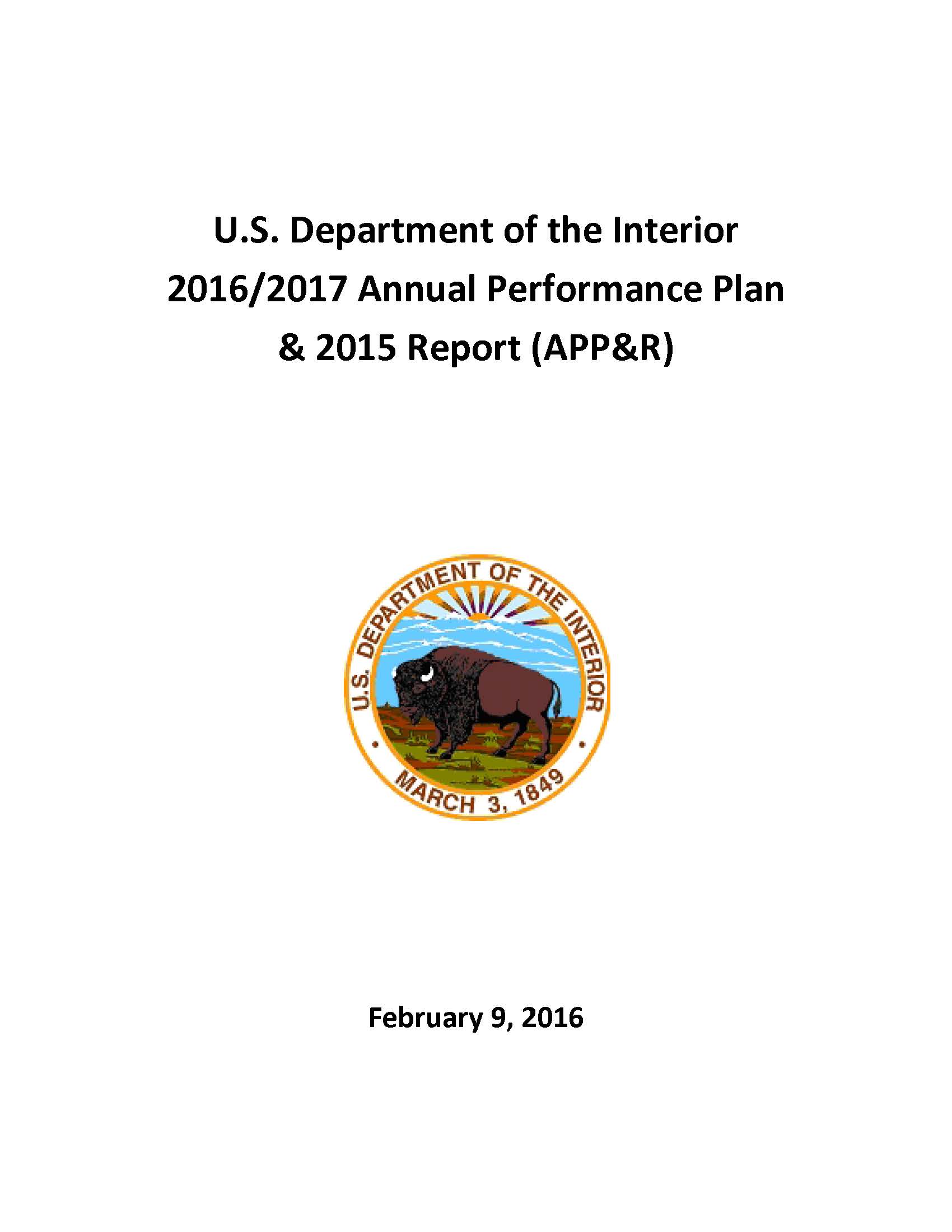- Home
- Agencies
- Department of Agriculture
- Department of Housing and Urban Development
- General Services Administration
- Department of Commerce
- Department of the Interior
- National Aeronautics and Space Administration
- Department of Defense
- Department of Justice
- National Science Foundation
- Department of Education
- Department of Labor
- Office of Personnel Management
- Department of Energy
- Department of State
- Small Business Administration
- Environmental Protection Agency
- Department of Transportation
- Social Security Administration
- Department of Health and Human Services
- Department of the Treasury
- U.S. Agency for International Development
- Department of Homeland Security
- Department of Veterans Affairs
- Goals
- Initiatives
- Programs
Primary tabs
Key to Changes
This text is Revised text
This word has been added to the text
This text is Last Published text
This word has been removed from the text
Modifed styling with no visual changes
Strategic Objective
Create Economic Opportunity (Tribal Nations)
Strategic Objective
Overview
The Department assists American Indian and Alaska Native communities in developing capabilities needed to strengthen their communities and maintain economic self-sufficiency. Efforts such as reducing fractionation of Indian lands and developing conservation and resource management plans help Tribes maximize economic benefits of their lands (for example, energy, timber, agricultural, and grazing development) in a way that protects Tribal natural resources. Additionally, securing unsubsidized employment reduces dependency on Federal subsidized programs such as childcare assistance, food stamps, and welfare.
Read Less...Progress Update
A number of different Indian Affairs programs work to create economic opportunities for Tribal and Native communities and performance varies by program type as noted below.
- The Job Placement and Training Program projects consistent participant earnings over the next few years as individual tribal members acquire employment skills through: accredited colleges with vocational programs; certified vocational training institutions; various unions offering skills in the building trades; and approved tribal learning centers. The FY 2015 reduction in average earnings resulted from a lower fishing harvest at the Copper River location that impacted wages.
- The Indian Loan Guaranty Program regularly maintains loss rates of less than 5% on DOI guaranteed and insured loans. By offering loan guarantees and insurance covering up to 90 percent of outstanding loan principal and accrued interest, the program reduces lender risk and makes Indian business financing more readily available.
- The Housing Improvement Program (HIP) continually demonstrates over 90 percent of construction projects meeting timelines. Additionally, the program continued to increase the percent of funding going to actual construction or housing repair in FY 2015.
- The Agriculture and Range Program monitors grazing unit vegetation to assess rangeland use and management decision outcomes. Additionally, the program monitors compliance with permit and lease provisions and management plan stipulations to ensure authorized land use and adherence to conservation plans. In FY 2015, improved staffing, including use of student interns, increased emphasis by line officers, and greater attention to timing of assignments through the calendar year led to exceeding the target.
- The Forestry Program ensures 100 percent of forested reservations have Forest Management Plans addressing tribal management objectives and economic goals as well sustainable yield of forest resources. These plans provide the framework for well-managed forests by directing job-creating forestry activities and providing tribal revenue through sales of forest products. In tribal communities with sawmills or other wood utilization facilities, forestry programs significantly impact reservation economies. In FY 2015, the missed targets resulted from less biomass utilization due to wildfires, delays in timber sales advertising, reduced volume from wood deterioration, and a timber sale contract delay.
- The Welfare Assistance Program provides welfare assistance to American Indians and Alaska Natives who have no access to Temporary Assistance to Needy Families (TANF), do not meet eligibility criteria for TANF, or have exceeded the lifetime limit for TANF services. Designed to be secondary in nature, participants determined to be eligible for other public assistance programs, such as Supplemental Security Insurance (SSI), Social Security Disability Insurance, medical assistance, and state-operated general assistance programs , are screened and referred to those programs rather than the BIA welfare assistance program. The program shows improvements in recent years in the number of recipients completing Individual Self-Sufficiency Plan (ISP) goals, reaching 88 percent in FY 2015.
- Tiwahe Initiative - As part of the President’s commitment to protect and promote the development of prosperous and resilient tribal communities, the BIA is implementing the Tiwahe Initiative (Tiwahe). The initiative promotes a comprehensive, integrated approach to support family stability and strengthen Indian families by addressing the interrelated issues associated with child welfare, poverty, domestic violence, substance abuse, and incarceration. Specifically, Tiwahe seeks to demonstrate the importance of service coordination between programs within tribal communities, including social services, law enforcement, tribal courts, and job placement and training, so that critical services more effectively and responsively reach native families. The four Tiwahe tribes as of the end of FY 2015 are Ute Mountain Ute Tribe (Colorado), Spirit Lake Tribe (North Dakota), Association of Village Council Presidents (AVCP) (Alaska), and Red Lake Nation (Minnesota). The FY 2016 budget proposal included addition of a fifth tribe. Performance data collection and reporting begins in FY 2016.









